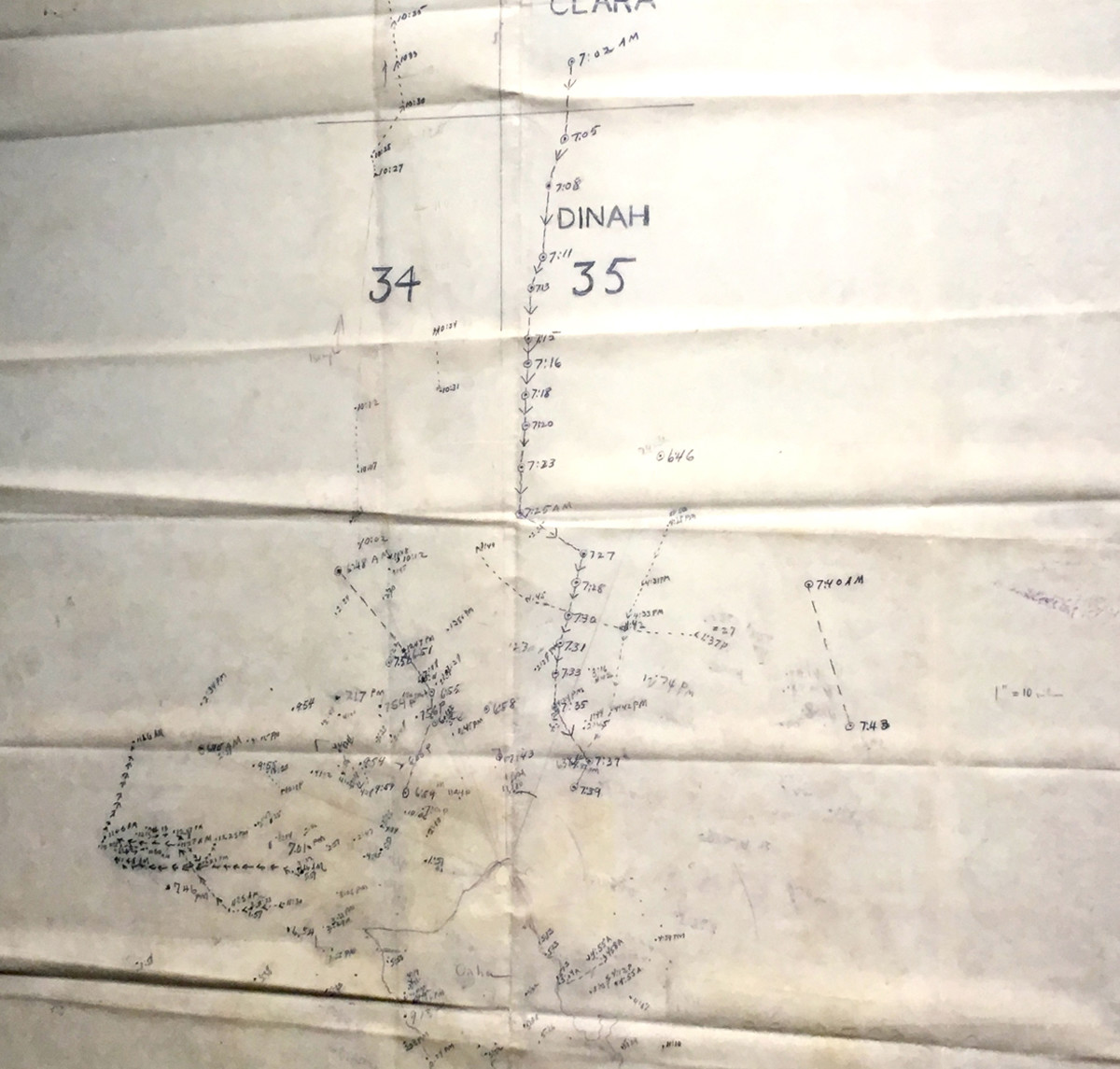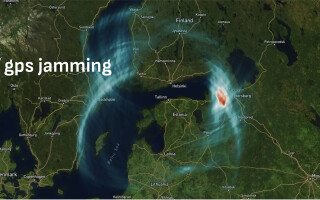Radar's role at Pearl Harbor
StoryJuly 31, 2017

Many of you might not know that the first use of radar in a battlefield situation was during the attack on Pearl Harbor, December 7, 1941. Just prior to the attack by Japanese aircraft, U.S. Army personnel were training on brand-new radar equipment when they spotted incoming aircraft, but the warning was thought to be friendly aircraft and was subsequently ignored.
I had never heard that part of the story and learned about it while visiting the Arizona Memorial at Pearl Harbor, Hawaii, last month while attending the International Microwave Symposium (IMS) in Honolulu. Yeah, I know, I know … tough assignment, but we endured …
The morning of December 7, radar operators – Army Privates Joseph P. Lockard and George Elliott – at the Opana radar station detected approaching aircraft and called the officer on duty at the Fort Shafter Information Center, 1st Lt. Kermit A. Tyler, who was on his first day at the station, according to an exhibit at the Pearl Harbor Historical Site museum. Tyler said that Lockard told him that “it was the biggest plot he had ever seen, and I told him ‘Don’t worry about it. It’s OK.” [Pictured: The oscilloscope and radar equipment used by Lockard and Elliot (top) and the Opana radar plot (bottom).]
Tyler later explained that he thought it was likely a flight of B-17s due to land at Hickam Field at 0800 that morning, saying “There was no way of telling what they were. The problem was, [at that hour] we had no identification people on staff.”
Mobile radar and radar in general was so new to U.S. military forces that they were still training and learning how to use it.
Lt. Gen. Walter C. Short, commander of the military defenses at Pearl Harbor in 1941, said that he did the radar operations “for training more than any idea it would be real.”
Present time
I also thought it ironic to be reading about the early use of radar while I was in Hawaii attending IMS, an RF and microwave technology event where exhibitors and attendees discussed the latest RF technologies, such as gallium nitride (GaN) components. These components are driving the increased capability of radar systems today, such as active electronically scanned array (AESA) radar systems, which use a large amount of RF components.
“Radar, in general, has the broadest market for RF with UHF, L-, S-, C-, and X-Band frequencies all seeing upgrades from legacy technologies which have less performance,” said Ryan Baker, product marketing manager for RF components at Wolfspeed, an exhibitor at IMS this year. “It’s the largest RF market within the military arena. New systems will be funded and RF will play into that funding as a driver.”
U.S. forces were not properly structured in 1941 to take advantage of radar prior to the attack, but since then the technology has saved countless lives and represents perhaps the largest growth area for military suppliers of RF and microwave technology as well as embedded computing systems.
Back to Pearl Harbor
Every American should definitely experience a visit to the Arizona Memorial if they are anywhere near the island of Oahu. Visitors watch a short film about the attack before boarding the transport to the memorial.
(Click graphic to zoom)
(Click graphic to zoom)
Once you enter the memorial, you can actually still smell the oil leaking from the wreckage below, even now, 76 years later. (Not to worry, the leak is monitored so it doesn’t become an environmental hazard.) The site and the wreckage remain untouched, as it is sacred ground, not just to the U.S. military, but to the American people. It is the grave of the sailors who lost their lives that day.
Time onboard will be limited; aside from your smartphone’s camera, device use is restricted. So rely on your imagination and your senses, close your eyes, and think about what happened there. Read the names on the wall on the far side of the memorial. Say a prayer or a quiet “thank you” for those that gave their lives that day.







